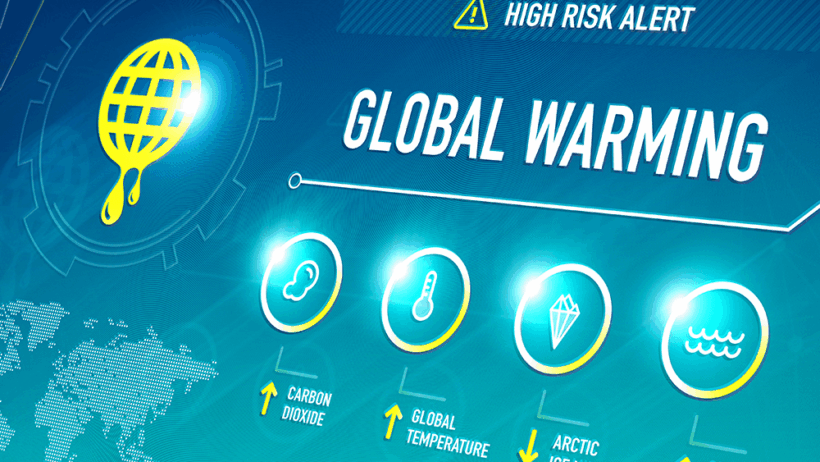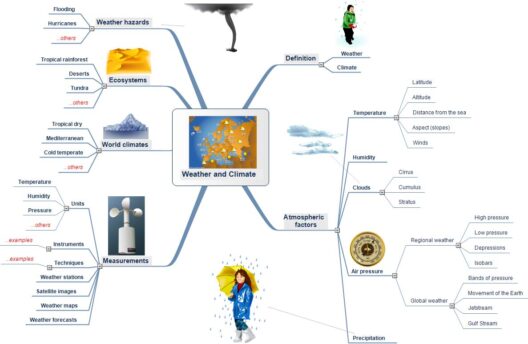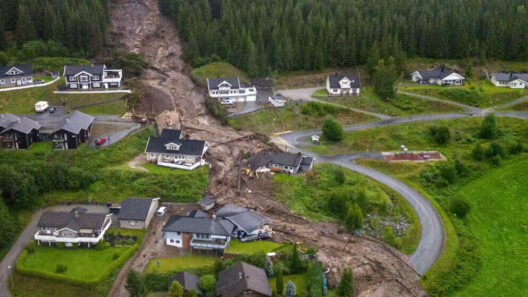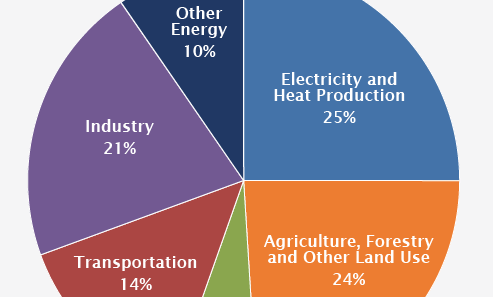Big data has emerged as a cornerstone in the fight against global warming, reshaping how we perceive and react to climate-related challenges. The sheer volume, velocity, and variety of data generated today offer unprecedented insights into environmental phenomena, enabling scientists, policymakers, and businesses to make informed decisions aimed at reducing greenhouse gas emissions and promoting sustainability. As global temperatures rise, the need for comprehensive strategies to combat climate change becomes increasingly urgent. In this context, data analytics plays a pivotal role, harnessing vast quantities of information to inform actions that can mitigate the effects of climate change.
The relationship between data analytics and the environment is multifaceted, encompassing areas such as energy consumption, resource management, and climate modeling. By capitalizing on advanced analytical techniques, stakeholders can glean valuable information that not only elucidates current environmental conditions but also forecasts future trends. This predictive capability is intrinsic to combating global warming, as it allows for proactive measures rather than reactive responses to climate crises.
One of the most profound applications of data analytics within the environmental sector is in the optimization of energy consumption. Organizations are increasingly leveraging large datasets to track and reduce energy use across various sectors. Using Internet of Things (IoT) devices, companies can monitor energy consumption in real-time, identify wasteful practices, and implement energy-efficient solutions. Machine learning algorithms can analyze historical energy usage patterns, allowing businesses to predict peak consumption times and adjust their operations accordingly. This not only reduces operational costs but also lowers carbon footprints significantly.
Moreover, predictive analytics allows for more sustainable urban planning and infrastructure development. City planners can use data analytics to simulate the effects of various design strategies on energy usage, pollution levels, and resource allocation. By examining data related to population density, transportation patterns, and land use, authorities can create more efficient public transport systems and green spaces, ultimately reducing emissions associated with vehicular traffic and urban sprawl.
In the agricultural sector, data analytics is revolutionizing traditional farming practices and enabling the pursuit of sustainable food production. By utilizing satellite imagery and data from sensors deployed in fields, farmers can monitor soil conditions, weather patterns, and crop health. Data analytics helps identify the optimal times for planting, irrigation, and harvesting, thereby minimizing resource usage while maximizing yield. This precision agriculture approach not only conserves vital resources such as water and fertilizers but also contributes to lowering emissions associated with farming activities.
The monitoring of environmental changes and climate-related phenomena is another key area where data analytics shines. Through remote sensing technology and satellite data, scientists can track deforestation, glacier retreat, and shifts in biodiversity. Collecting and analyzing this information enables researchers to understand better the nuances of climate change and its impacts on ecosystems. Such insights are critical for developing effective conservation strategies and wildlife management practices that adapt to rapidly changing conditions.
Furthermore, data analytics is transforming how we approach renewable energy. Wind and solar farms generate enormous amounts of data related to weather conditions, energy output, and system performance. By applying data analytics, operators can optimize the performance of renewable energy systems, determining the most efficient energy generation methods and maintenance schedules. This not only enhances the reliability of renewable energy sources but also supports their integration into existing energy grids, facilitating a smoother transition from fossil fuels to cleaner energy alternatives.
In addition to optimizing energy and resource usage, data analytics empowers organizations to engage in carbon footprint analysis. Various industries can measure and analyze their greenhouse gas emissions using sophisticated software tools that pull from various data sources. By identifying the sources of emissions within their operations, companies can set reduction targets and develop strategies for achieving them. Such transparency not only fosters accountability but also encourages firms to adopt sustainable practices across their supply chains.
The role of data analytics extends to international climate agreements as well. By compiling and analyzing vast amounts of global emissions data, researchers and policymakers can assess the efficacy of climate policies and commitments. This data-driven evaluation informs future negotiations, ensuring that nations are held accountable for their emissions reductions and progress toward climate goals. By fostering collaboration and knowledge sharing across borders, data analytics can accelerate the transition to a sustainable global economy.
However, harnessing the power of big data in the fight against climate change is not without its challenges. Data privacy, as well as the accessibility of data across various sectors, presents significant hurdles. Moreover, the complexity of data can sometimes lead to analysis paralysis, where organizations struggle to make timely decisions despite having access to valuable insights. Addressing these challenges requires robust frameworks that promote data sharing while safeguarding individual privacy, ensuring that the collective good remains at the forefront of climate action efforts.
In conclusion, the integration of data analytics into strategies aimed at combating global warming serves as a beacon of hope in an otherwise dire environmental landscape. By applying advanced analytical techniques across sectors—energy, agriculture, urban planning, and beyond—stakeholders can harness the power of big data to foster more sustainable practices and mitigate the dire consequences of climate change. As the world continues to grapple with the realities of rising temperatures, investment in data analytics could prove instrumental in steering humanity toward a more sustainable and resilient future.






